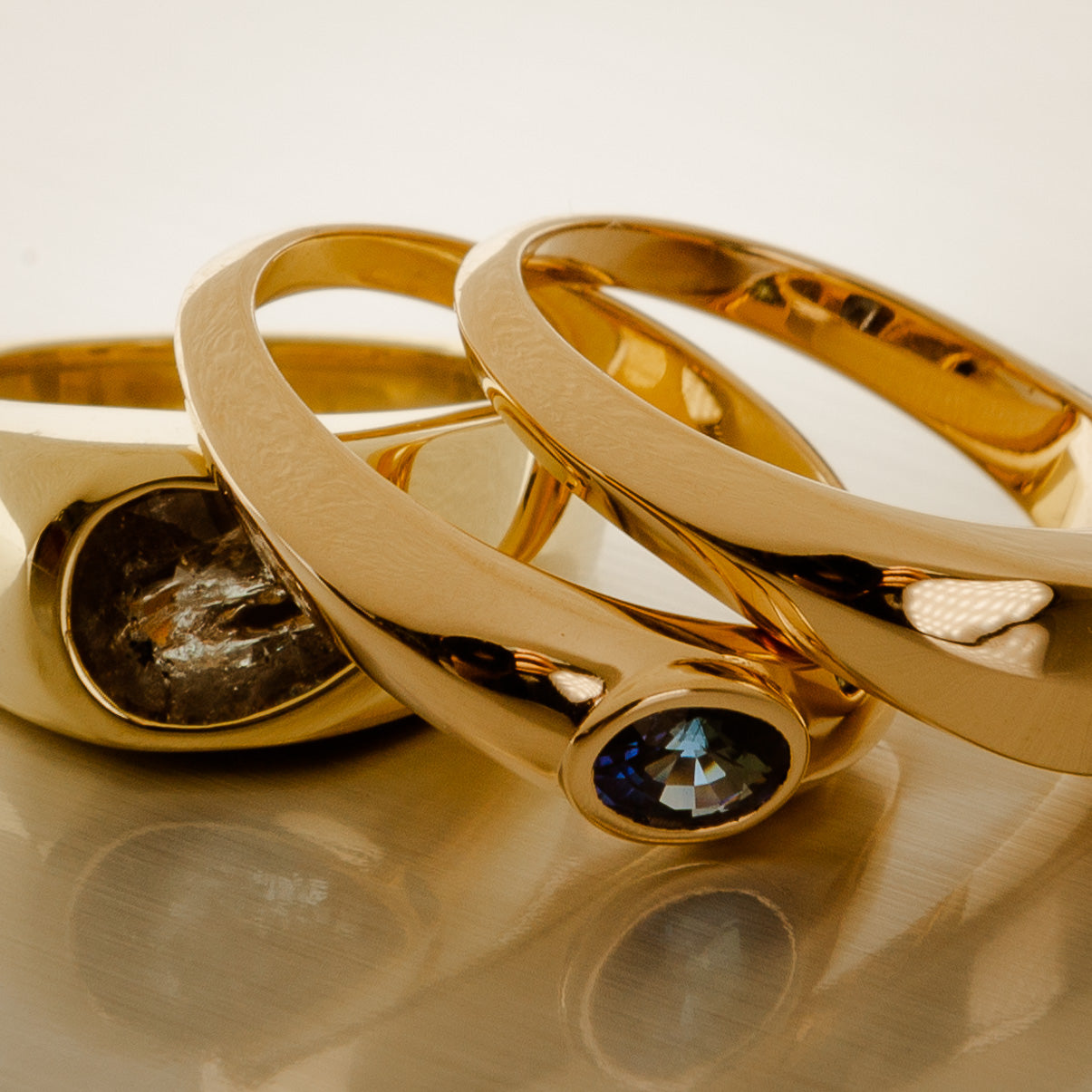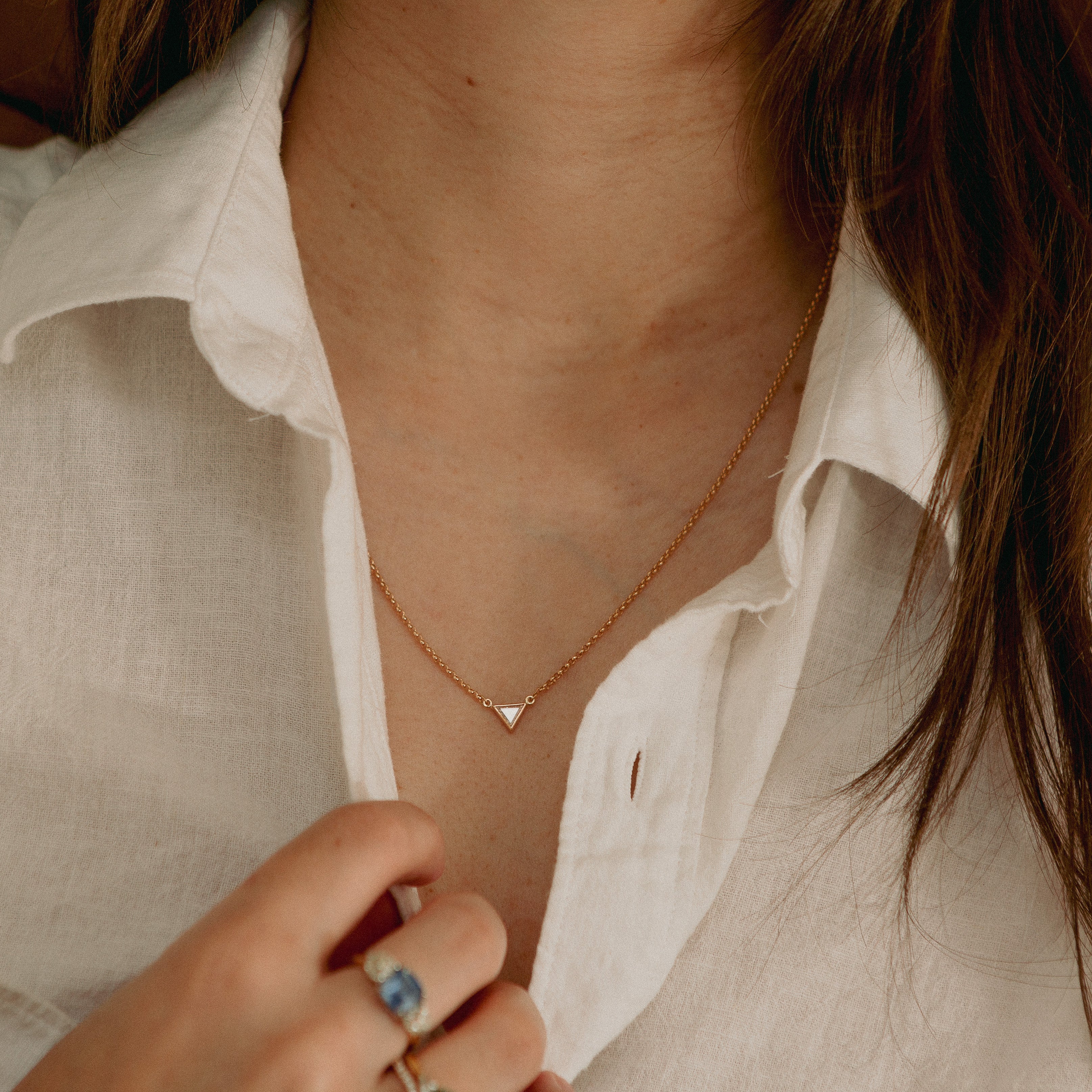There's an undeniable charm to the birthstones, each having its own unique beauty and significance. Among them, August's birthstone, the Peridot, holds a special allure with its vibrant green color and rich history. In this blog post, we'll delve into the details about Peridot – its history, its characteristics, and its significance.
History of Peridot
Peridot, known as the 'gem of the sun' by the Ancient Egyptians, has a history that dates back to 1500 BC. This gemstone was greatly valued by Pharaohs and often used in jewelry and religious artifacts. Some believe that Cleopatra’s famous emerald collection might have, in fact, been peridot. Interestingly, it's also mentioned in the Bible under the Hebrew name of 'Pitdah.'
Characteristics of Peridot
Peridot boasts a striking lime green color which can vary from olive to yellowish-green depending upon the amount of iron present in the crystal structure. This gemstone is unique because it is one of the few that only comes in one color, albeit in different shades. A high-quality peridot is a deep-olive green with good transparency. With a rating of 6.5 to 7 on the Mohs hardness scale, peridots have fairly good durability which makes them suitable for all types of jewelry.
Significance of Peridot
The peridot is not just a beautiful gemstone; it also carries various symbolic meanings. Traditionally, it's believed to bring peace, success, and good luck to its wearer. It's also associated with qualities like strength, vitality, and growth. In crystal healing, it's thought to promote emotional balance and help reduce stress. So, not only is it a gorgeous addition to any jewelry collection, it's also a gemstone steeped in positive symbolism.
Diamond and Peridot - A Shared Origin Story
Only two gems form in the earth's mantle - diamond and peridot. Peridot forms in magma in the upper mantle, about 20 to 55 miles deep. It is brought to the surface by tectonic or volcanic activity. Diamond is formed much deeper in the mantle, around 100 to 150 miles below the surface, under extreme pressure and high temperatures.
Caring for Peridot Jewelry
To keep your peridot jewelry looking as vibrant as the day you got it, it's important to handle it with care as peridot is a delicate gemstone.
- Clean it regularly : Use a soft, damp cloth or a soft brush with warm soapy water to clean your peridot jewelry. Avoid using harsh or abrasive cleaners as they can scratch the gemstone.
- Avoid exposure to heat and harsh chemicals : Peridot can be damaged by rapid temperature changes and certain chemicals. It is best to remove your peridot jewelry when cooking, cleaning, or when going to places with hot temperatures like saunas or heated pools.
- Store it properly : Store your peridot jewelry in a separate box or pouch to prevent it from getting scratched by other jewelry. It's also a good idea to store it in a cool and dry place.








